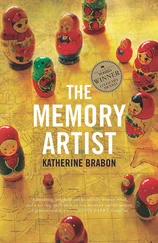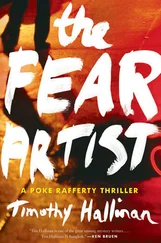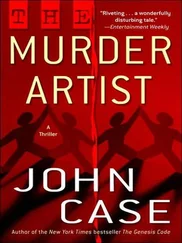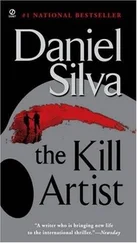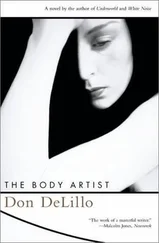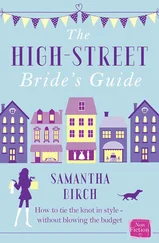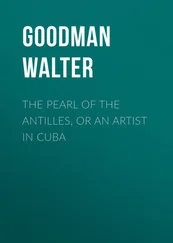Once the tissue paper has adhered to the surface, paint over it with watercolours (or inks if you prefer). The paint will run beneath the pieces of tissue paper, creating a batik-like effect. When it is dry, the collage can be sealed with a paper varnish. This will tidy any stray pieces of tissue.
With this technique, be prepared not to be in control. The paint will wander wherever it will, but relying on serendipity and being open to adventure is a good thing sometimes when you are painting.
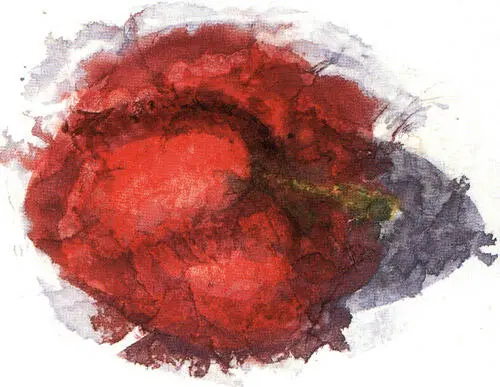
This red pepper was created with torn tissue collage and watercolour. The tissue was stuck in small overlapping pieces onto the paint. More colour was applied on top.
TRYING DIFFERENT TOOLS
The list of tools you can use is endless. There are no right or wrong tools, just some that are better for the job in hand. Of the large number of products on the market, some are useful and others just gimmicks: do you really need to buy a cut-down painting knife for painting stonework when a cut credit card will do just as well? You can use many items found around the home that will create the effects you are seeking and also provide some surprises.
Varying your tools to achieve different effects can be very rewarding. You probably have the usual mop, round brush and small-detail brush for watercolour, but it is good to try some alternatives. I find twigs, credit cards, housepainting brushes, fabric, fingers and fingernails useful, and if you experiment with these you will discover a range of new marks to incorporate in your paintings.
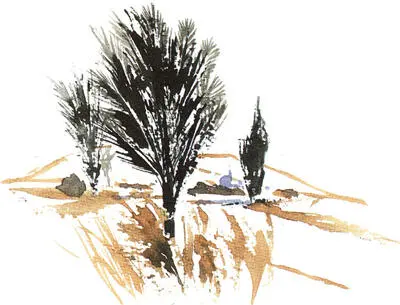
Cut up old credit cards to make painting tools. Here they have been used to make banana palms and foreground grasses.
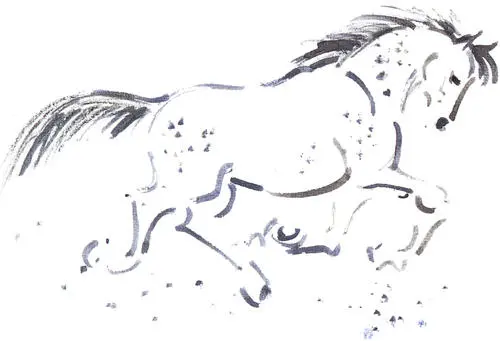
Twigs make wonderful pens, producing excellent free, characterful marks.
An old household painting brush dipped in watercolour was used to create this ruined church.
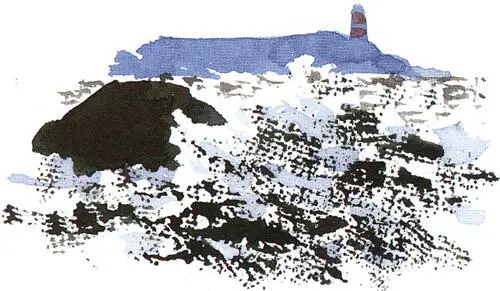
Coarse hessian dipped in watercolour made the choppy sea around the rocks.
Fingerprints make good textural marks. Here they were used to describe the baby owl’s fluffy down.
A fingernail scraped through wet watercolour paint made the trunks of these trees.
Silverpoint
Silverpoint was originally used in the 15th and 16th centuries, before the discovery of graphite. It produces very fine detail and makes an interesting change from normal pencil drawing.
It is quite easy to make your own silverpoint. You will need a piece of heavy-duty cartridge paper or watercolour paper; a tube of Chinese White watercolour or white gouache paint; and a silver coin, an item of jewellery, or a piece of silver wire.
Begin by covering the paper completely with a thin coat of white paint. When it is dry, paint again with a thick solution of white (historically, a little colour was sometimes added, which you can achieve by choosing a pigment from your watercolours).
When the second coat of paint is dry, draw into it with your piece of silver. Although the image cannot be rubbed out, moistening the area with a small damp brush will remove unwanted lines.
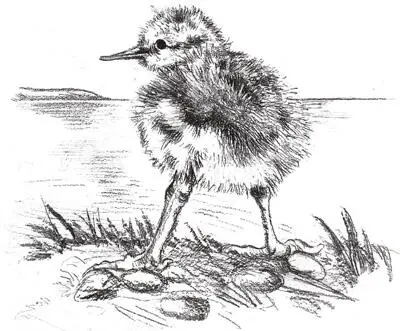
Silverpoint is particularly good for fine detail work, so 1 used it for this drawing of a little avocet chick to depict its fluffy down coat.
WORKING FROM YOUR PHOTOGRAPHS
Snowy Wood
22 × 29 cm (8 3/ 4× 11 1/ 2in)
For this watercolour painting I used a photograph as reference. I modified the composition and added more colour than the photograph depicted.
Working from photographs is absolutely ideal for the indoor painter. Everything you might ever want to paint is available, from mice to mountains. Make use of your camera when you are out and about, picking subjects you know you will want to paint. Taking pictures of foregrounds, trees, domestic and wild animals, groups of people and skies will soon give you a bulging reference file of your favourite things.
You are not limited to your own pictures, of course – we live in a highly visual age and magazines, newspapers, television programmes, videos and the Internet all present us with dozens of images to inspire us every day.
INTERPRETING PHOTOGRAPHS
Don’t be put off by purists who decry the use of photographs as subject matter. Dégas, Cézanne and Sickert were just three of the many painters who have used photographs as reference, so there is no reason why you should not do so.
However, the purists do have a point. The use of photographs has its pitfalls and you need to be aware of them. Colour and tone can be distorted, as well as shape and size. You must also interpret a photograph as a painting rather than just making a straight copy. Remember always that you are commenting in a pictorial language on what you find beautiful, interesting, dramatic or even horrifying. In the case of shots that have been taken by professional photographers, you also need to make your own interpretation in order to avoid breaking the laws of copyright that protect their images from unauthorized reproduction.
In the photograph on the right the horse’s head appears too large for the body.
To correct the problem, I have drawn the body larger to adjust the scale.
Problems of scale
It is said that the camera cannot lie, but it certainly can. Distortion of size is a common problem. Objects that are nearer the camera can appear much too large and out of scale. Depending upon the lens that the photographer has used, distance can be lengthened or shortened. A long lens, for example, can make a mountain appear to rise directly behind a house when in fact the slopes may be a mile away, while a wide-angle lens will make your garden look twice its length.
Colour and tone
Both colour and tone may be reproduced falsely in a photograph. Many artists work from transparency film because of its greater accuracy in this respect, but it is less forgiving of inaccurate exposure than print film and is thus better avoided unless you are good with a camera. Also, the colour values do vary quite widely between one type of film and another, so if you are taking the photograph yourself, always make colour notes of what you can actually see.
This becomes particularly important in the case of shadows. The lens will see all shadows as black, while the eye is able to discern a range of colours in the dark area. The camera’s problem with reproducing extreme degrees of contrast becomes particularly apparent with a subject such as a sunset. The camera’s light meter reads the scene as one full of light with the result that the darker land below is rendered black in the photograph, though it is seen by the human eye as being softer, more subtle tones of dark grey. Try putting a piece of black paper near the horizon of the next sunset you can view from your window, and you will see what the tones should be.
Читать дальше






